Linux
-
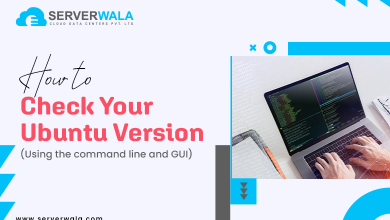
How to check your Ubuntu version (Using the command line and GUI)
Introduction Ubuntu is one of the most popular Linux-based operating systems, recognized for its human-friendly interface and flexibility. It does…
Read More » -

How to Reinstall Ubuntu On Your System
Introduction Reinstalling Ubuntu on your system might sense like a hassle task, but it does not need to be. Whether…
Read More » -

How to Reboot or Restart a Linux Server?
Introduction When managing a Linux environment, knowing how to restart a Linux server is essential for maintaining system performance &…
Read More » -
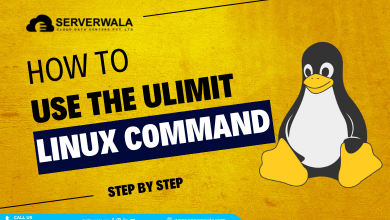
How to Use the ulimit Linux Command?
Introduction When managing Linux systems, particularly in environments with multiple users or applications, effectively controlling system resources is crucial. The…
Read More » -
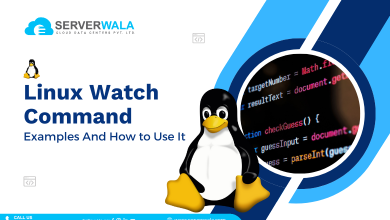
Linux Watch Command – Examples And How to Use It?
Introduction When managing Linux systems, monitoring real-time outputs of commands is crucial for maintaining operational efficiency. One of the most…
Read More » -
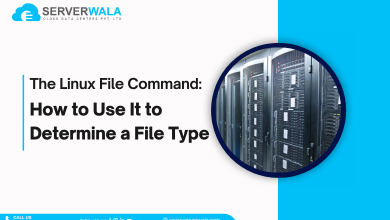
The Linux File Command: How to Use It to Determine a File Type
Introduction In your journey with Linux, understanding the nature of files on your system is crucial. It does not matter…
Read More » -
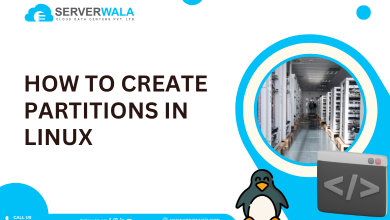
How To Create Partitions in Linux?
Introduction Management is an essential component of control and productivity. In the world of computers, the control factor depends on…
Read More » -
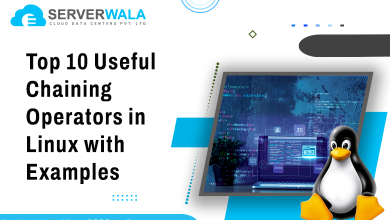
Top 10 Useful Chaining Operators in Linux with Examples
An operator used in between several commands allows you to link them in a chain that executes them based on…
Read More » -

How to Install the latest Node.js on Linux?
Introduction A runtime environment is like the stage where a play is performed. It’s the place where computer programs run…
Read More » -

How to Install NumPy on Windows, Linux, and MacOS?
Introduction NumPy, a fundamental package for scientific computing in Python, plays a crucial role across different operating systems, including Windows,…
Read More »
